42 chart js disable labels
Data structures | Chart.js In this mode, parsing can be disabled by specifying parsing: false at chart options or dataset. If parsing is disabled, data must be sorted and in the formats the associated chart type and scales use internally. The values provided must be parsable by the associated scales or in the internal format of the associated scales. Custom pie and doughnut chart labels in Chart.js | QuickChart QuickChart's pie charts include data labels, unlike vanilla Chart.js. This is because we automatically include the Chart.js datalabels plugin. To customize the color, size, and other aspects of data labels, view the datalabels documentation. Here's a simple example. Note how we're specifying the position of the data labels, as well as the ...
How do you hide labels? | CanvasJS Charts You can use the properties like gridThickness (to hide the grid lines), tickLength (to hide the axis ticks), lineThickness (to hide the axis line) and labelFormatter (to hide the labels) for both X and Y axis. in order to hide the axes completely. Please take a look at the code snippet below,
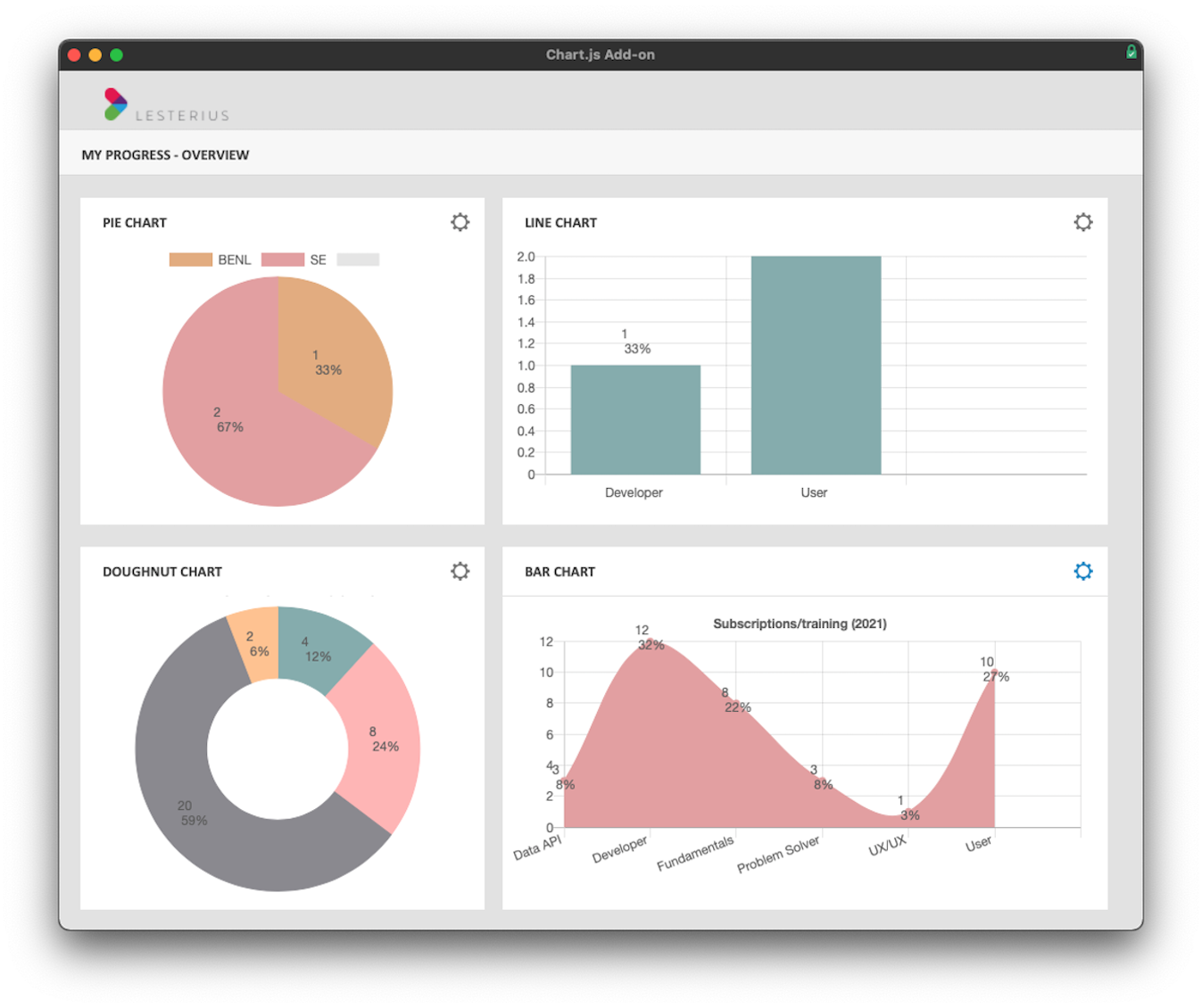
Chart js disable labels
Chart.js — Fonts and Performance - Medium We can make creating charts on a web page easy with Chart.js. In this article, we'll look at how to create charts with Chart.js. Fonts. We can change the font settings by setting the options.legend.labels.fontColor properties. For example, we can write: Tooltip | Chart.js const mypiechart = new chart(ctx, { type: 'pie', data: data, options: { plugins: { tooltip: { // disable the on-canvas tooltip enabled: false, external: function(context) { // tooltip element let tooltipel = document.getelementbyid('chartjs-tooltip'); // create element on first render if (!tooltipel) { tooltipel = document.createelement('div'); … Updating Charts | Chart.js To update the scales, pass in an object containing all the customization including those unchanged ones. Variables referencing any one from chart.scales would be lost after updating scales with a new id or the changed type. function updateScales(chart) { let xScale = chart.scales.x; let yScale = chart.scales.y; chart.options.scales = { newId ...
Chart js disable labels. Styling | Chart.js If true, draw lines on the chart area inside the axis lines. This is useful when there are multiple axes and you need to control which grid lines are drawn. If true, draw lines beside the ticks in the axis area beside the chart. Stroke width of grid lines. If true, grid lines will be shifted to be between labels. Hide title label of datasets in Chart.js - Devsheet To remove or hide datasets label in Chart.js you can set legend display property to false. options: { plugins: { legend: { display: false } } } Best JSON Validator, JSON Tree Viewer, JSON Beautifier at same place. Check how cool is the tool Legend | Chart.js When using the 'chartArea' option the legend position is at the moment not configurable, it will always be on the left side of the chart in the middle. Align Alignment of the legend. Options are: 'start' 'center' 'end' Defaults to 'center' for unrecognized values. Legend Label Configuration Namespace: options.plugins.legend.labels Hide datasets label in Chart.js - Devsheet Best JSON Validator, JSON Tree Viewer, JSON Beautifier at same place. Check how cool is the tool Add below Html into your webpage to create chart. Live Demo You can hide datasets labels in Chart.js by applying 'display: false' into legend option. Contribute to this Snippet Was this helpful?
Getting Started With Chart.js: Axes and Scales - Code Envato Tuts+ Linear scales are used to chart numerical data. These scales can be created on either the x or y axis. In most cases, Chart.js automatically detects the minimum and maximum values for the scales. However, this can result in some confusion. Let's say you want to plot the marks of students in a class. Labeling Axes | Chart.js Labeling Axes | Chart.js Labeling Axes When creating a chart, you want to tell the viewer what data they are viewing. To do this, you need to label the axis. Scale Title Configuration Namespace: options.scales [scaleId].title, it defines options for the scale title. Note that this only applies to cartesian axes. Creating Custom Tick Formats Performance | Chart.js To disable lines: new Chart(ctx, { type: 'line', data: { datasets: [{ showLine: false // disable for a single dataset }] }, options: { showLine: false // disable for all datasets } }); Copied! Disable Point Drawing If you have a lot of data points, it can be more performant to disable rendering of the points for a dataset and only draw line. Plugins | Chart.js To disable a global plugin for a specific chart instance, the plugin options must be set to false: Chart.register({ id: 'p1', // ... }); const chart = new Chart(ctx, { options: { plugins: { p1: false // disable plugin 'p1' for this instance } } }); Copied! To disable all plugins for a specific chart instance, set options.plugins to false:
Updating Charts | Chart.js To update the scales, pass in an object containing all the customization including those unchanged ones. Variables referencing any one from chart.scales would be lost after updating scales with a new id or the changed type. function updateScales(chart) { let xScale = chart.scales.x; let yScale = chart.scales.y; chart.options.scales = { newId ... Tooltip | Chart.js const mypiechart = new chart(ctx, { type: 'pie', data: data, options: { plugins: { tooltip: { // disable the on-canvas tooltip enabled: false, external: function(context) { // tooltip element let tooltipel = document.getelementbyid('chartjs-tooltip'); // create element on first render if (!tooltipel) { tooltipel = document.createelement('div'); … Chart.js — Fonts and Performance - Medium We can make creating charts on a web page easy with Chart.js. In this article, we'll look at how to create charts with Chart.js. Fonts. We can change the font settings by setting the options.legend.labels.fontColor properties. For example, we can write:

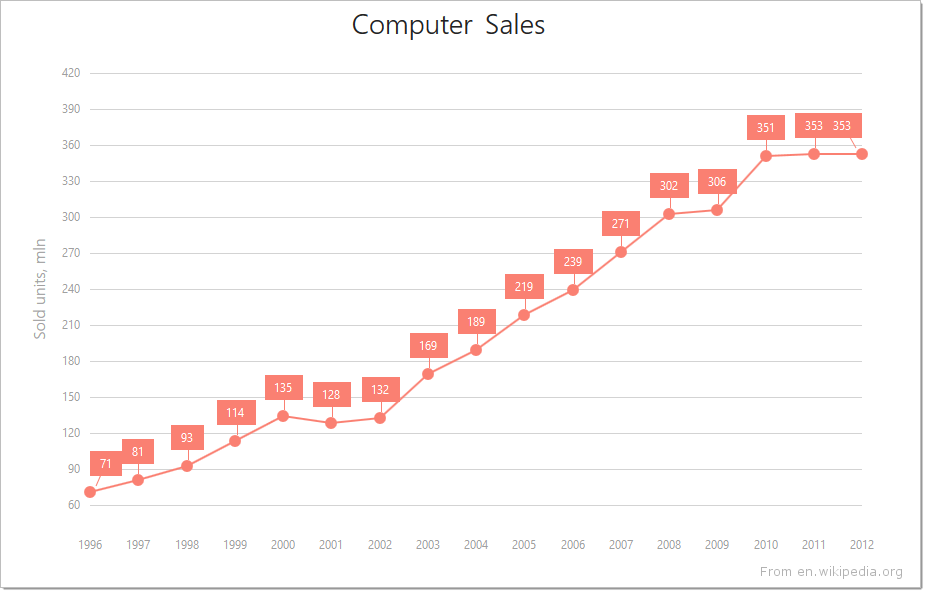
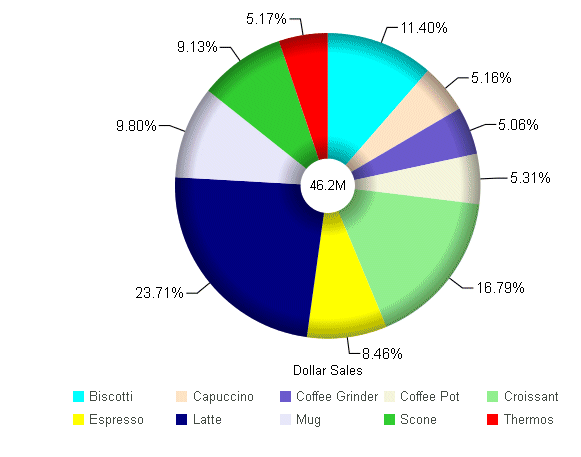
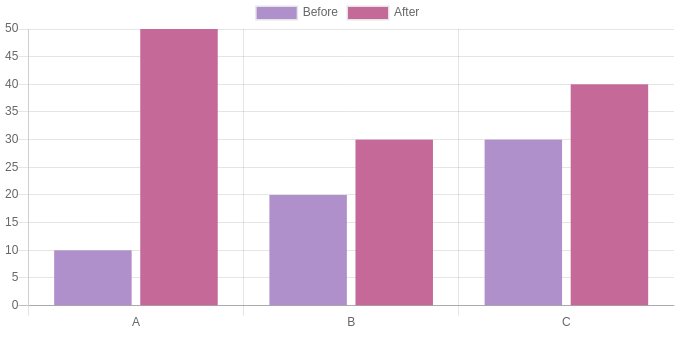
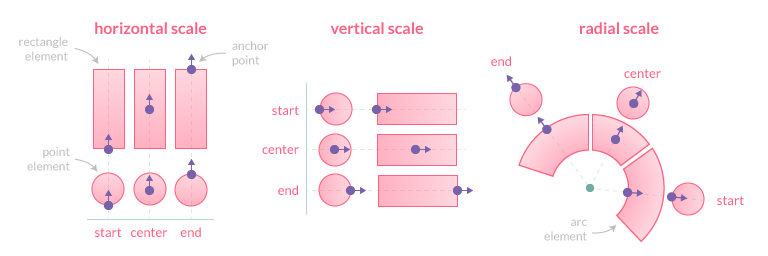

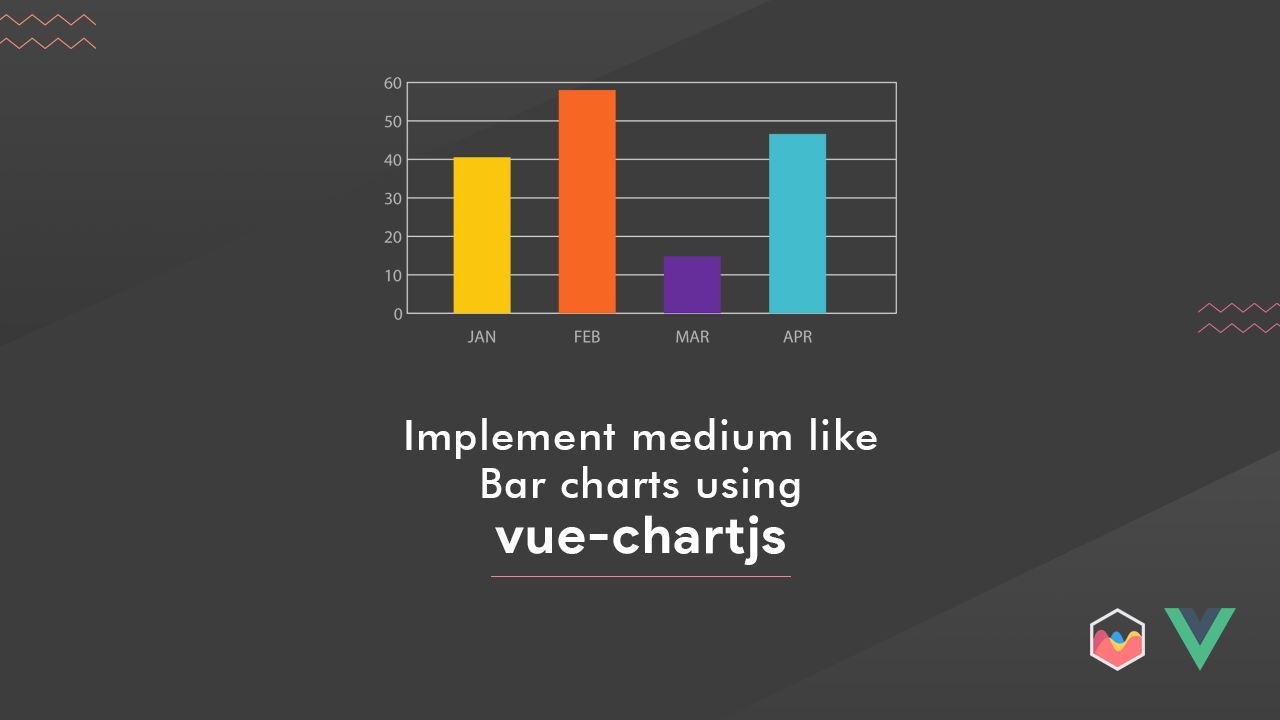



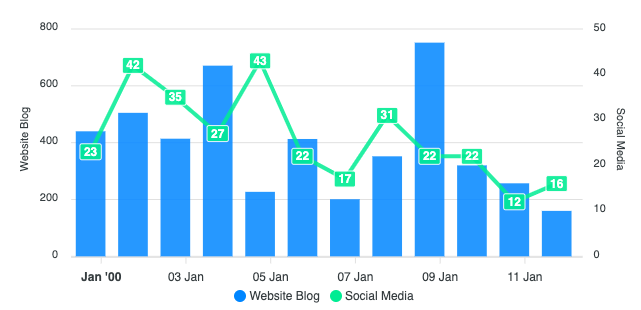






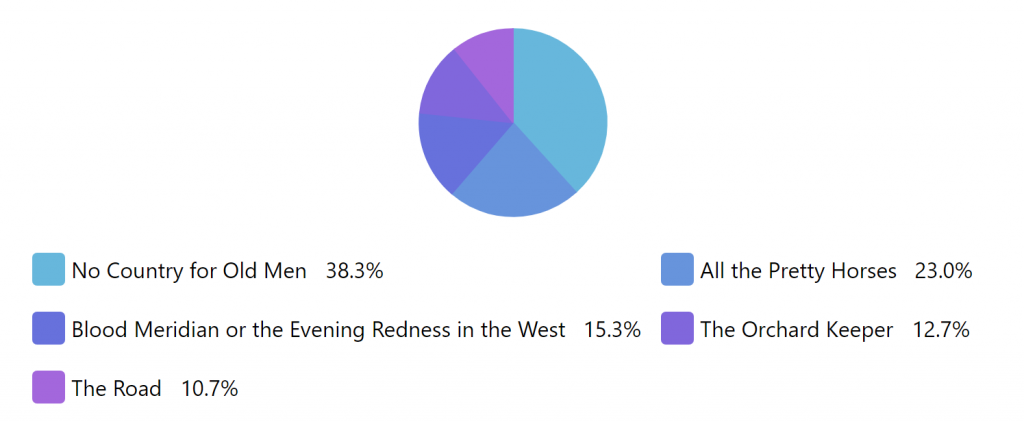
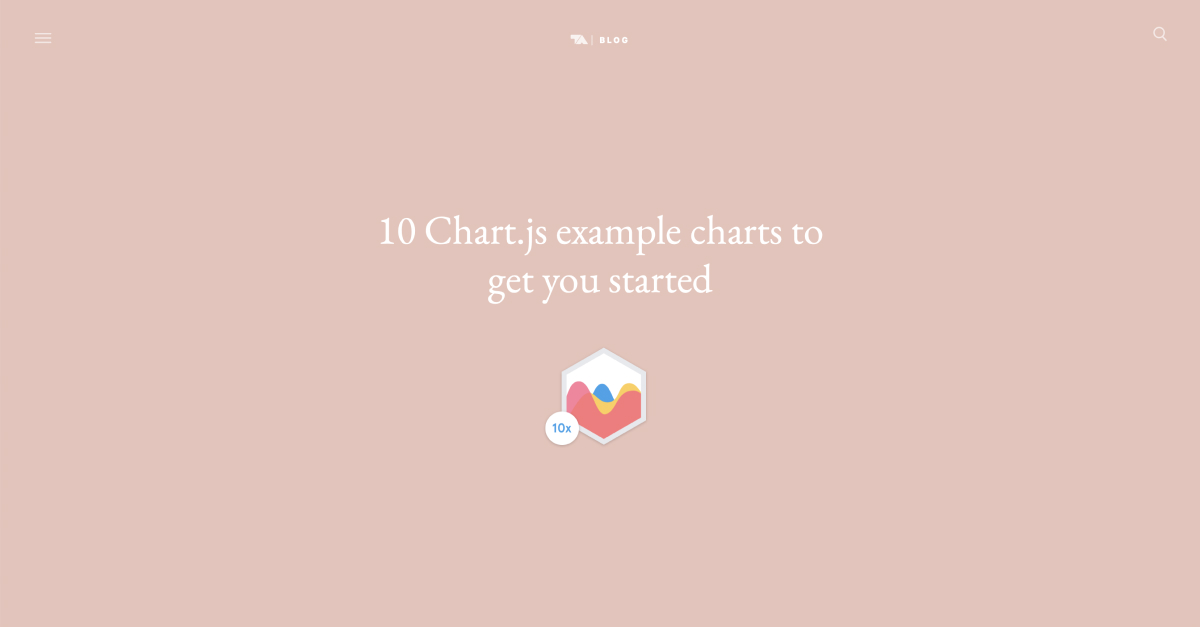


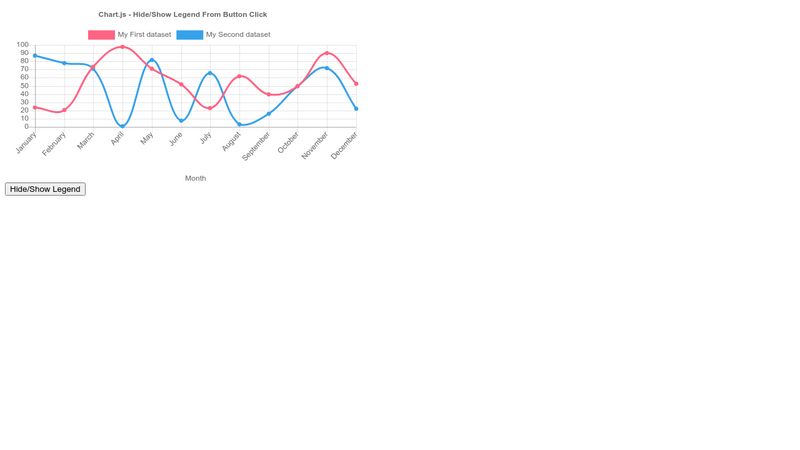





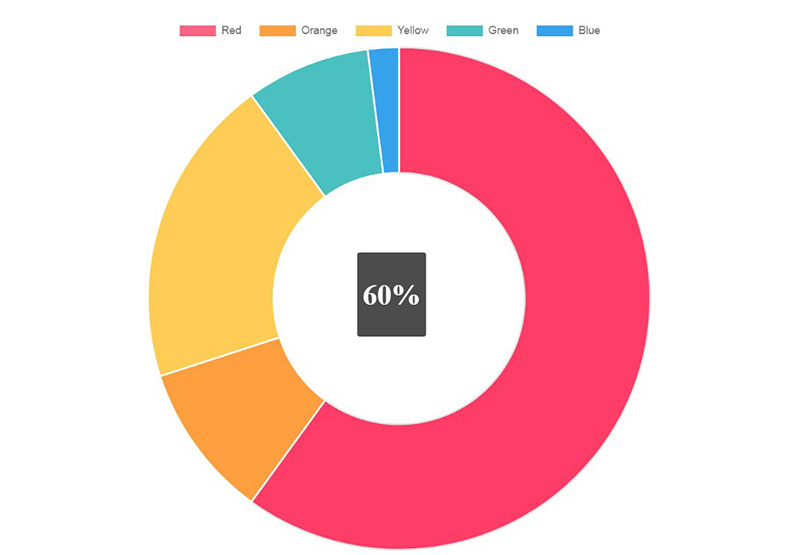
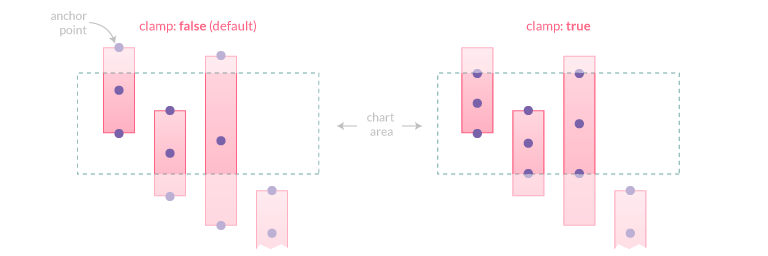

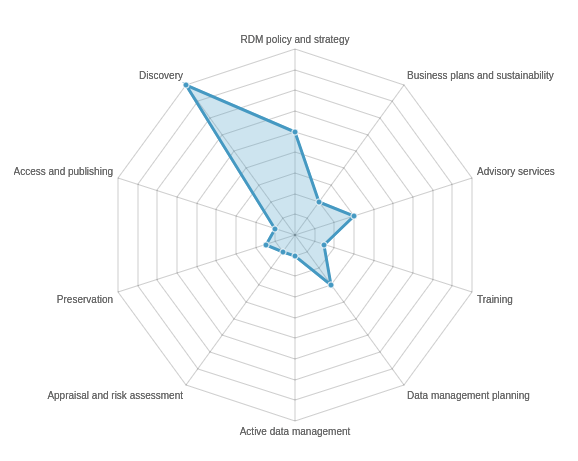


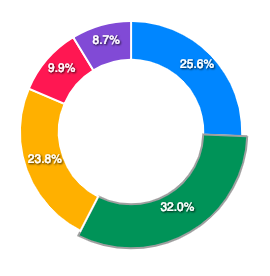


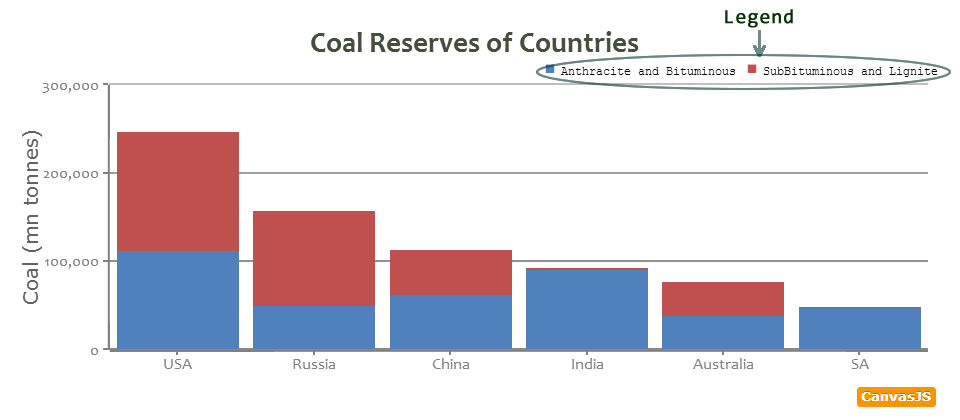
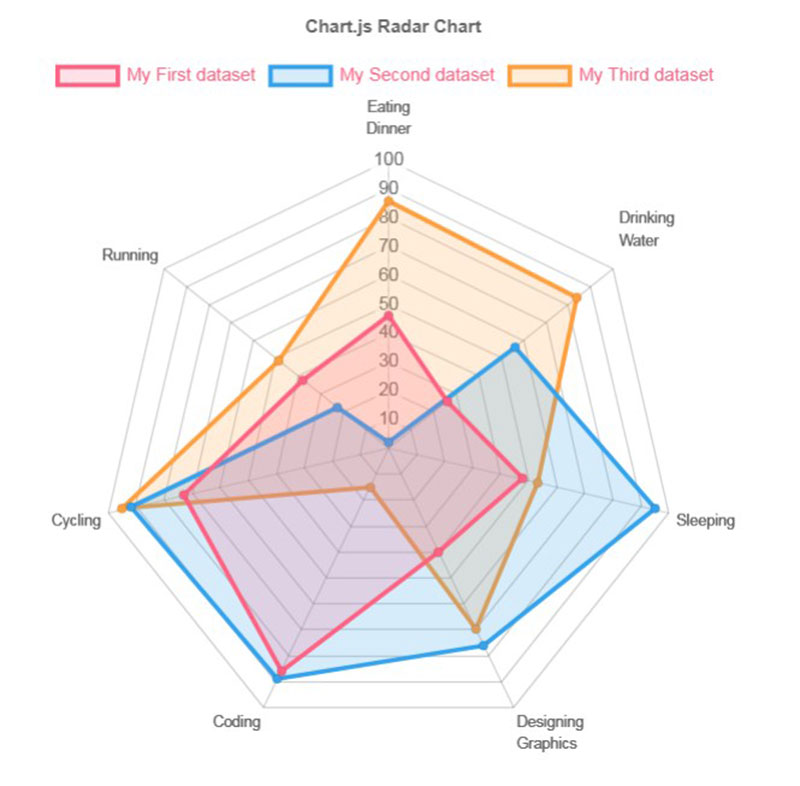
%27%2CborderColor%3A%27rgb(255%2C150%2C150)%27%2Cdata%3A%5B-23%2C64%2C21%2C53%2C-39%2C-30%2C28%2C-10%5D%2Clabel%3A%27Dataset%27%2Cfill%3A%27origin%27%7D%5D%7D%7D)
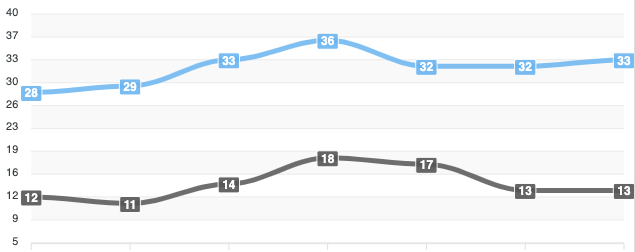
Post a Comment for "42 chart js disable labels"